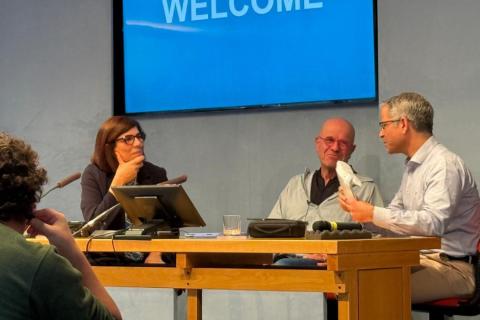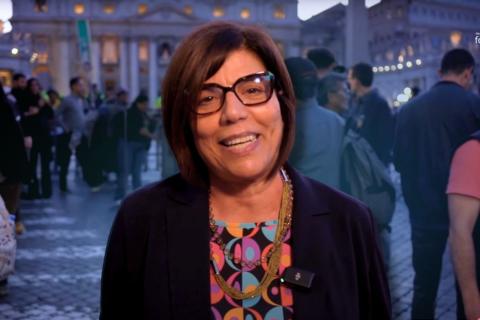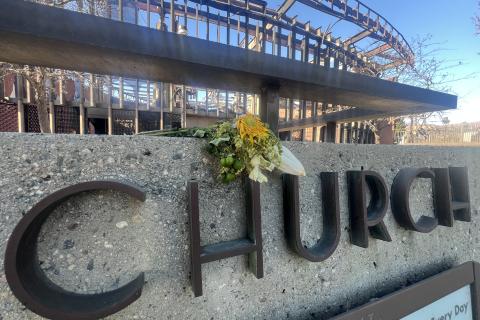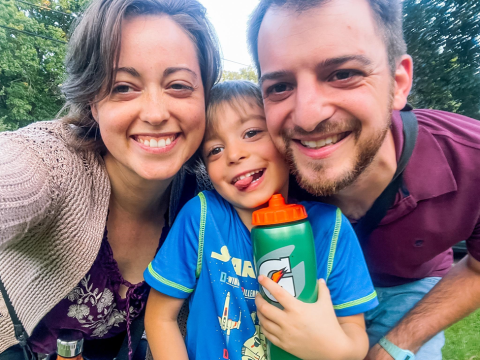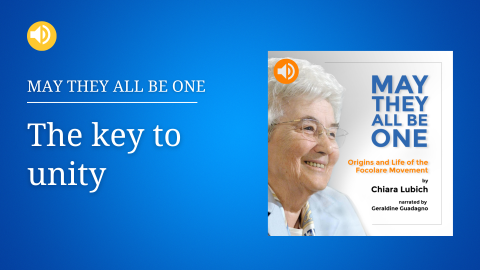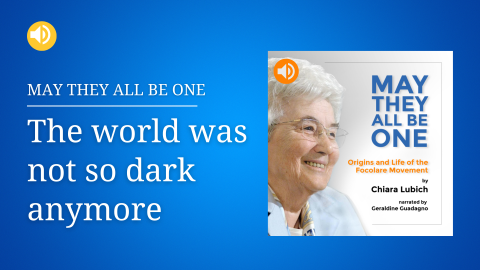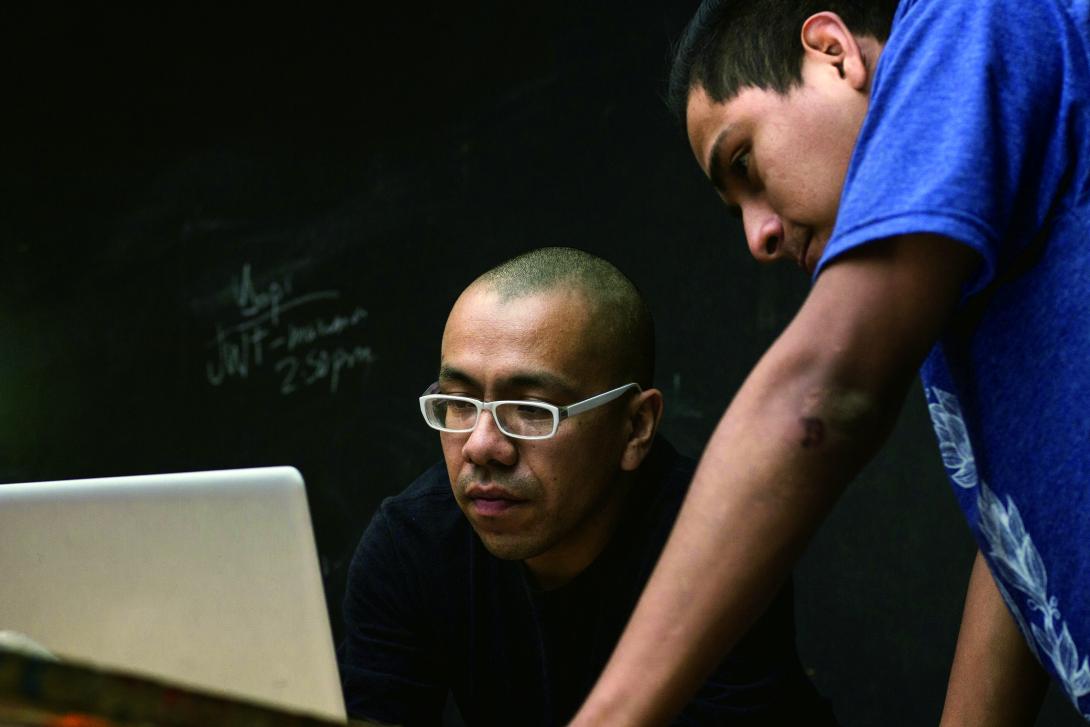
Photo by Jose Aljovin | Unsplash
At one point in time during my career I was hired as a vice principal at a Catholic high school (yes, if you were in trouble, I was the one that you would see).
The school was unique in that the students came from at least three different walks of life. The school population included Hispanics, Portuguese and Brazilians who came from inner-city neighborhoods. Others that came from outside the nearby city were mostly lower-middle-class and middle-class, consisting of many different ethnic groups: Asian, African Americans, Hispanics and Caucasians. Lastly, a smaller percentage of students were from upper-middle-class suburbs who had some affluence.
Obviously, most people would believe that there could be some stress between the various groups, since there were so many different cultures coming together each day. Fortunately, the students, teachers and the Catholic ministries put together a school where there was a strong Christian presence outside of the Mass. There were many programs for giving that did not depend upon money, but rather on action. Students were heavily involved in food banks, helping young people with various handicaps, raising awareness for the homeless, including working with Habitat for Humanity, morning Masses for teams and gathering goods for the poor during each of the holidays.
Even though the school was caring, the very beginning of this job was quite difficult, since I did not realize that the school was going through some truly big issues: the biggest one was related to drugs. During the first week as school VP, there were two cases that involved the police, including arrests.
I looked around and I knew this was going to be my challenge, but I also realized that, outside of the four administrators, others were not involved and even we administrators were not working as a team. I was grateful the principal wanted the school to be better. I believed he saw that first week as both a baptism by fire for me and that I was someone that could handle the pressure.
I knew that I could not handle this challenge without greater help. I was managing that first week, but I would have been burnt out by Christmas if I had not sought out some help quickly.
Thankfully, I had three things going for me: I had recently met the spirituality of unity and I learned about team building; I had been involved with athletics for years; and the guidance department was strongly involved with the students that could be considered marginal.
These things helped me to become aware of the importance of team building. On a team, it was always suggested that the team was only as strong as its weakest link, and I realized that unity was the backbone of all organizations.
Being only as strong as the weakest link meant the marginal students had to know that more people were pulling for them to be good, especially if we wanted to have a better school. Since the guidance department was already greatly involved with the marginal students, I knew they were the group that could help me survive.
The guidance department staff each looked after a different area. One was involved in campus ministry; another more involved with the Hispanic students; a third, who knew the weakness of the school in regards to drugs, was especially concerned with kids who were in trouble; and the last was involved with a ton of different clubs. The latter was extremely popular among students and faculty and was also the director of guidance.
Each of the counselors gave me different input and knew kids from different angles. Like most of the school staff, they knew their job and were committed to the students.
It was very easy to convince the counselors to share their stories with each other and me when appropriate. It was also easy for me to convince them to meet with me once a week. During these times, I was able to speak about various students that I had been in contact with, and we shared different ways to help the students.
I was not the guy that was going to counsel the students, but they were very good at it. As the weeks and months of the first semester went by, there was less need for us to meet each week, and it became twice a month by Christmas (although I would go and see them individually so that I could understand a situation better).
Additionally, I felt that each teacher should be involved with at least five students, so that each student had someone they could speak with. The guidance team (yes team!) said “No way!” They believed that it was good for the students to be able to speak with an adult, but there were too many variables getting all the faculty involved. They also said many kids have their best counselors at home, their parents!
They came back to me and gave me a list of about ten faculty members. Many of those were involved in clubs, and one had been a vice principal before. I felt that this was another example of unity, since they were willing to tell me I was wrong and gave me another way of providing students an alternative to going to guidance counselors.
The approaching end of my tenure as vice principal coincided with the beginning of the peak of Derek Jeter’s career with the Yankees. Derek was generous and created an organization for mostly inner-city students to receive scholarships to Catholic and private schools. As I described earlier, the school I was working in was quite diverse, but we did not have very many African Americans. Their numbers increased because of Derek’s scholarships.
One African American girl and track athlete—let’s call her Erica — came from a city that was not as close by, and she felt pressure to do well, since she was both a great sprinter and a very smart student.
She was also a little apprehensive. She was concerned about how she would be accepted in this school where almost everyone was a bit different than what she was used to.
She did have some problems fitting in with the other students. During her freshman year, the last year of my tenure as VP, she had three fights with other students. It was a miracle that she was able to stay. I believe that she survived that first year because we really wanted the Jeter scholarships to work.
In her second year, she saw that there was going to be another great issue she needed to overcome: I was her Algebra 2 teacher! Erica could not believe it. She went to guidance and asked for her class to be changed. They told her that I was the only Algebra 2 teacher for her group. She was smart and she would have to drop down a level to find a different teacher.
Fortunately, something I learned from the Focolare spirituality is: try to see everyone with “new eyes” every day, as if seeing them for the first time. That included Erica! Although the class was tough at times, she came to me after school one day and told me I was so different as a teacher compared to a VP!
During the year, our relationship continued to improve until the spring, when she asked a totally unexpected question right in the middle of class. She said, “When you started as VP here, did the school have a big-time drug problem?”
I said with a stern face: “Why do you ask that? After all it does not matter what it was, it matters what it is.”
She started laughing and said, “Because I was told that it had, and I said ‘I cannot believe it, since it does not have a drug problem now.’”
For me, that was the hundredfold!
Although that was the only time I taught her, we continued to interact throughout her brilliant high school track career, in which I saw her win many events in the county and state, which she followed up with a great college career!



